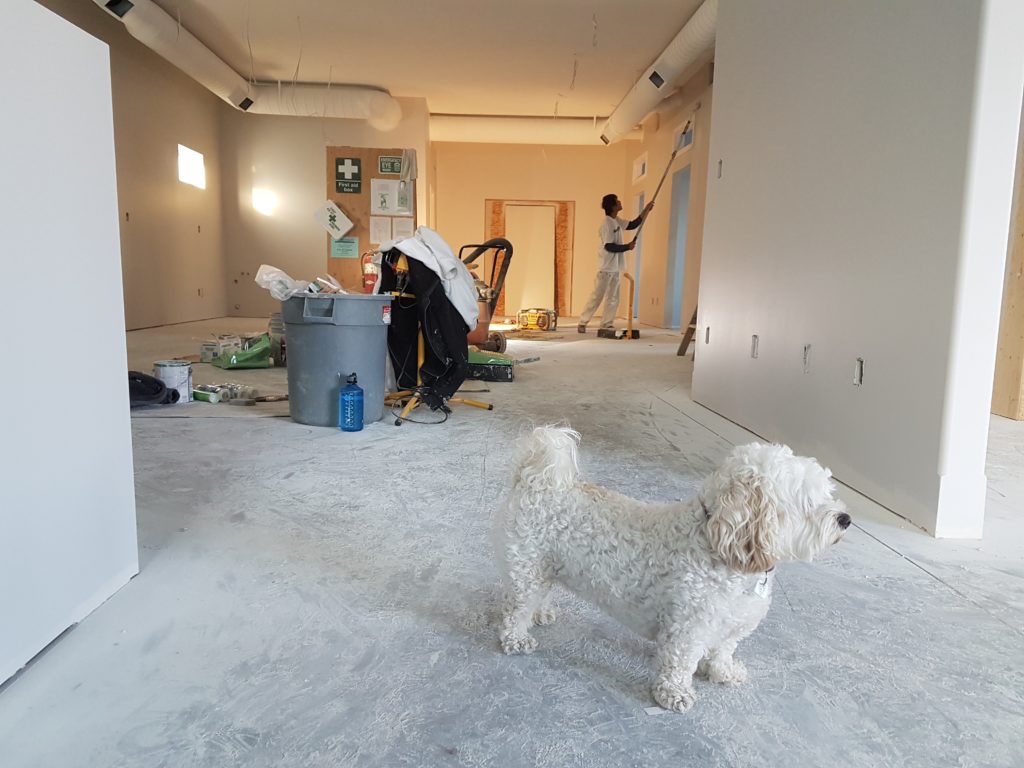Photo by Cal David from Pexels
The home you own and live in is more than just a space you occupy. It is a lifetime investment for yourself and your family. This is why maintaining its quality and appearance is always important. Unfortunately, things deteriorate with time. There could come a time when you’ll find that the best move to make, whether you choose to continue living in this home or to sell it, is to give it a makeover. However, especially if you work from home, a home improvement project requires considerable planning. Additionally, a home improvement project can be hard on your budget.
Nonetheless, you have plenty of options when it comes to taking out loans for home improvement projects. You will find different sites on the Internet, anywhere in the world, providing you with a variety of these services. For example, have a look at nordiclenders.com just to have an idea of what one of these sites might look like.
However, before you take out a loan, make sure you know the ins and outs. There’s a lot that goes into it, so it’s important to be sure you’re aware of all the factors.
RELATED ARTICLE: THE BEST DECOR TRENDS FOR YOUR HOME OFFICE IN 2018
Types of Home Improvement Loans
If your home is small, or if you’re intending to take on a project on a smaller scale, then it would probably be best to take out a personal loan. However, if you’re thinking of a project that’s full on and on a much larger scale, then you need to consider a home equity loan.
Home Equity Loans
A home equity loan, in a nutshell, is a second mortgage. You put your home up for collateral and repay a set amount on a monthly basis. If you fail to pay back the loan, then you are at risk of having your home foreclosed.
You’ll find that most lenders will lend you up to 85% of the value of your home, and in some cases, 100%. Keep in mind that the amount they offer will be based on your income and credit.
Advantages
- The loan amount is much larger than a personal loan.
- You’ll get lower interest rates because there is less risk for the lender. That’s because you’re putting your home up as equity.
Disadvantages
- The repayment period will be lengthy. This could mean that you pay more interest.
- You’ll have a risk of foreclosure.
- If you choose to sell your home, your loan will need to be paid back immediately.
Personal Loans
Unlike a home equity loan, a personal loan does not put your home up as collateral. The interest rate you’ll receive will depend on your credit. With a personal loan, the payback period lasts from two to five years at most. Conversely, home equity can span up to 30 years.
Advantages
- You don’t need equity.
- It’s ideal for taking out smaller amounts of money.
- The payback period is much shorter than a home equity loan.
Disadvantages
- You’ll pay more interest.
- The shorter payback period could put you in a position of not having enough cash to pay back the loan so quickly.
Applying for a Home Improvement Loan
It is crucial to plan your home improvement project beforehand. Make sure you know what it is you need to improve and what the costs might be. Additionally, give yourself a decent amount of time to apply for the loan before you actually get started on the work itself.
When working out your budget, it would be smart to also consider how long it might take you to pay back the loan. That’s because you don’t want to get stuck in any uncompromising positions. It is also important to contact different lenders and find out what the different interest rates are. In this way, you’ll know which ones you can qualify for. Make sure you research and find out details about your lender. Also look up reviews to be sure of their credibility.
How to Find the Best Lender for You
Research is everything. The more you know, the better equipped you are to make the right decision. Keep in mind, however, that there is no one right answer. Each project and each home has its specific requirements. Moreover, each household has its circumstances and the way they work on their budget.
So before you rush out to the first lender you come across, make sure that you spend a valid amount of time working out the ins and outs of what it is you need to do. Also understand how much you need to pay for your project. Additionally, decide whether the payback period and the loan amount are practical for you. Be sure that they fit within your lifestyle comfortably with minimum risk.

